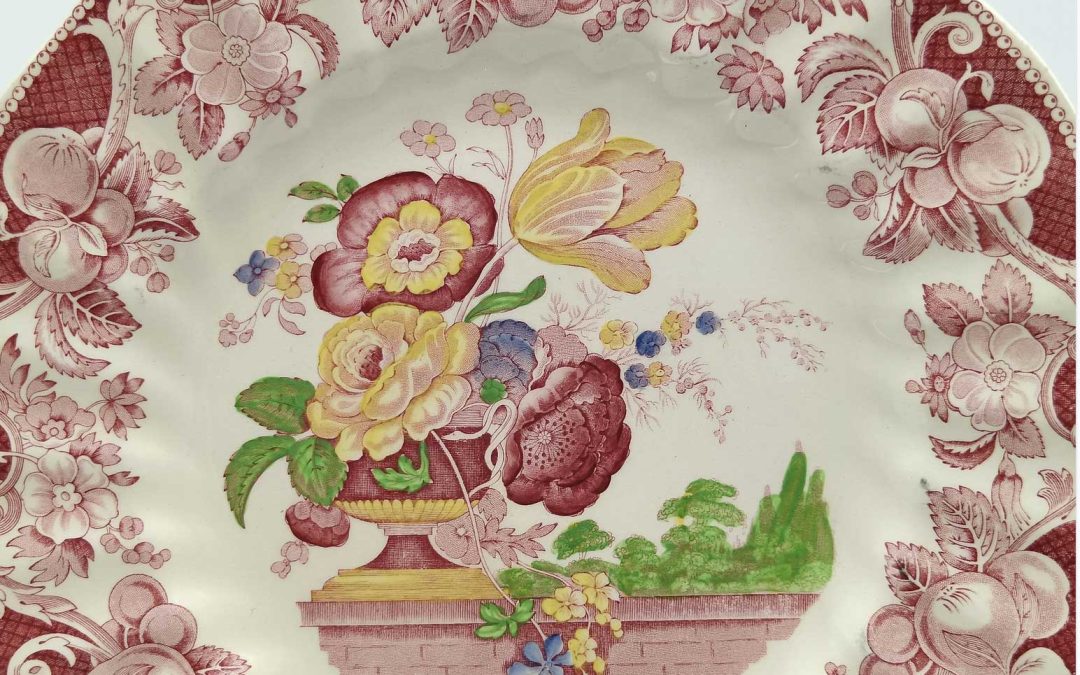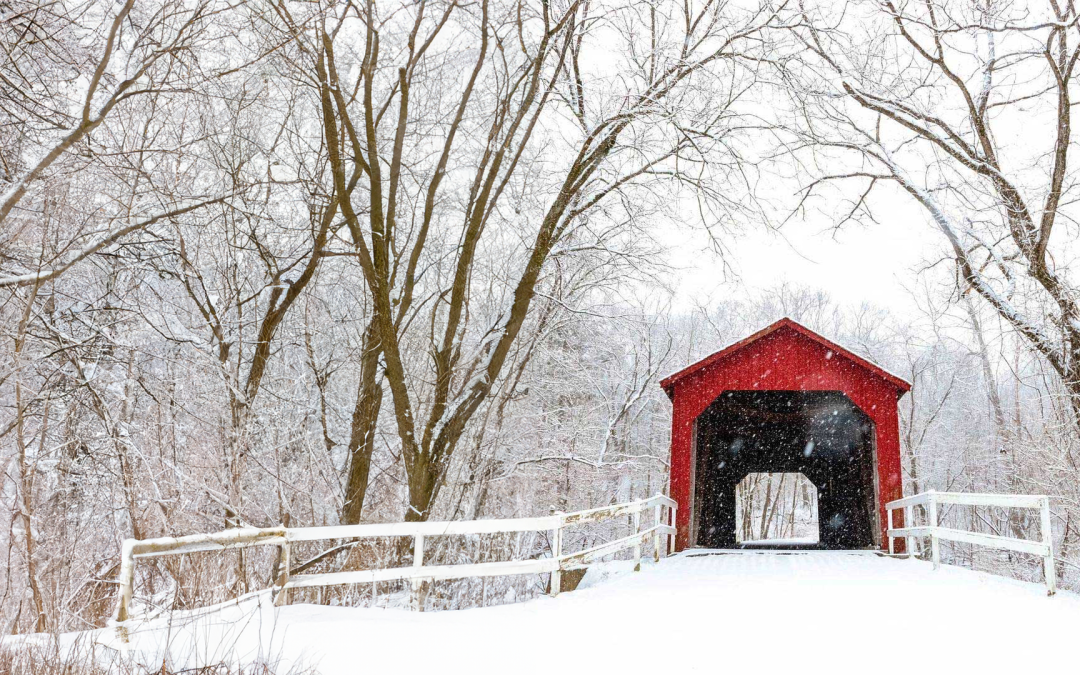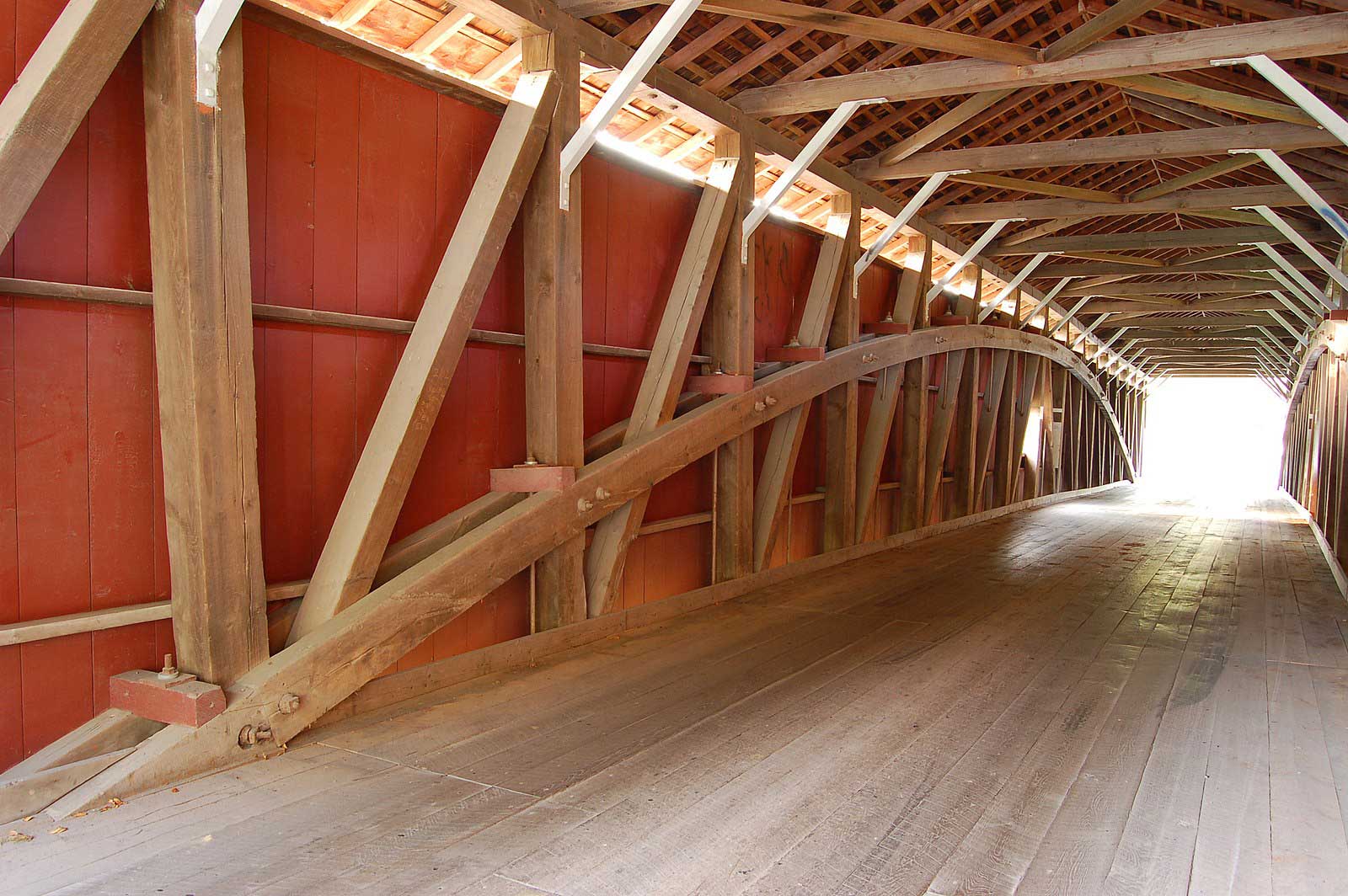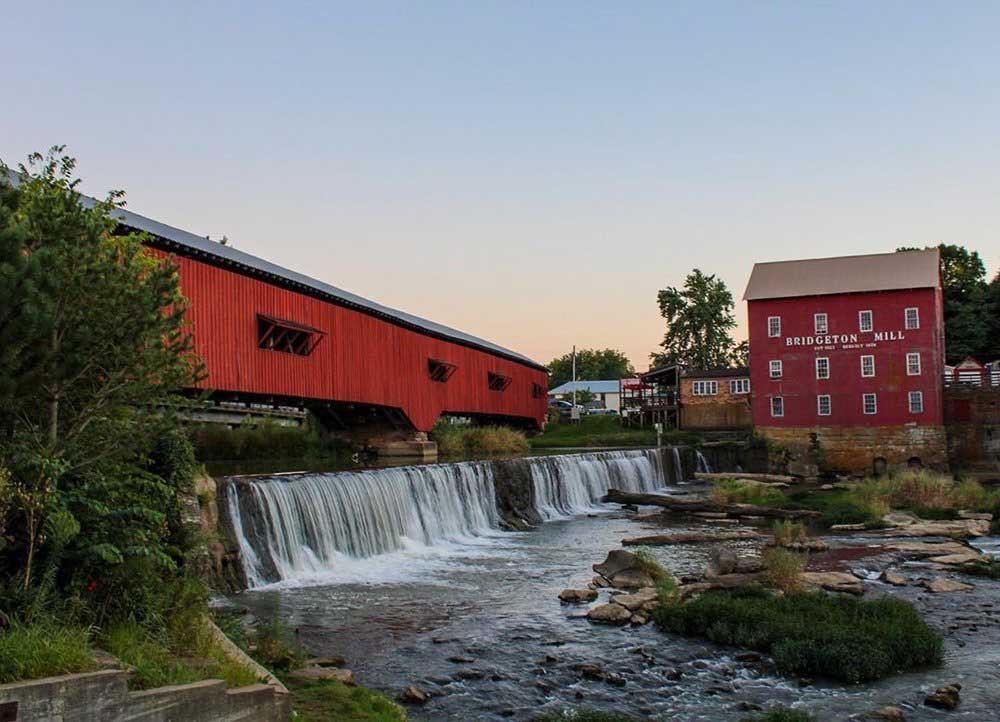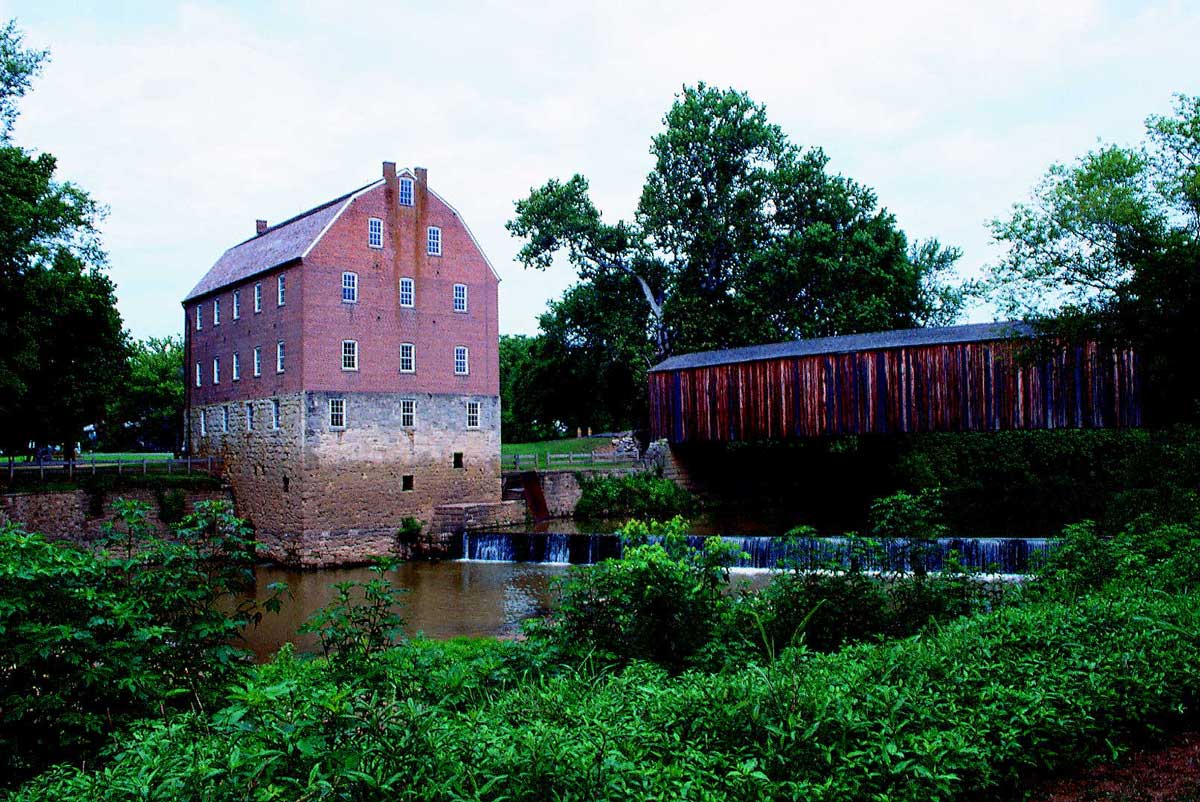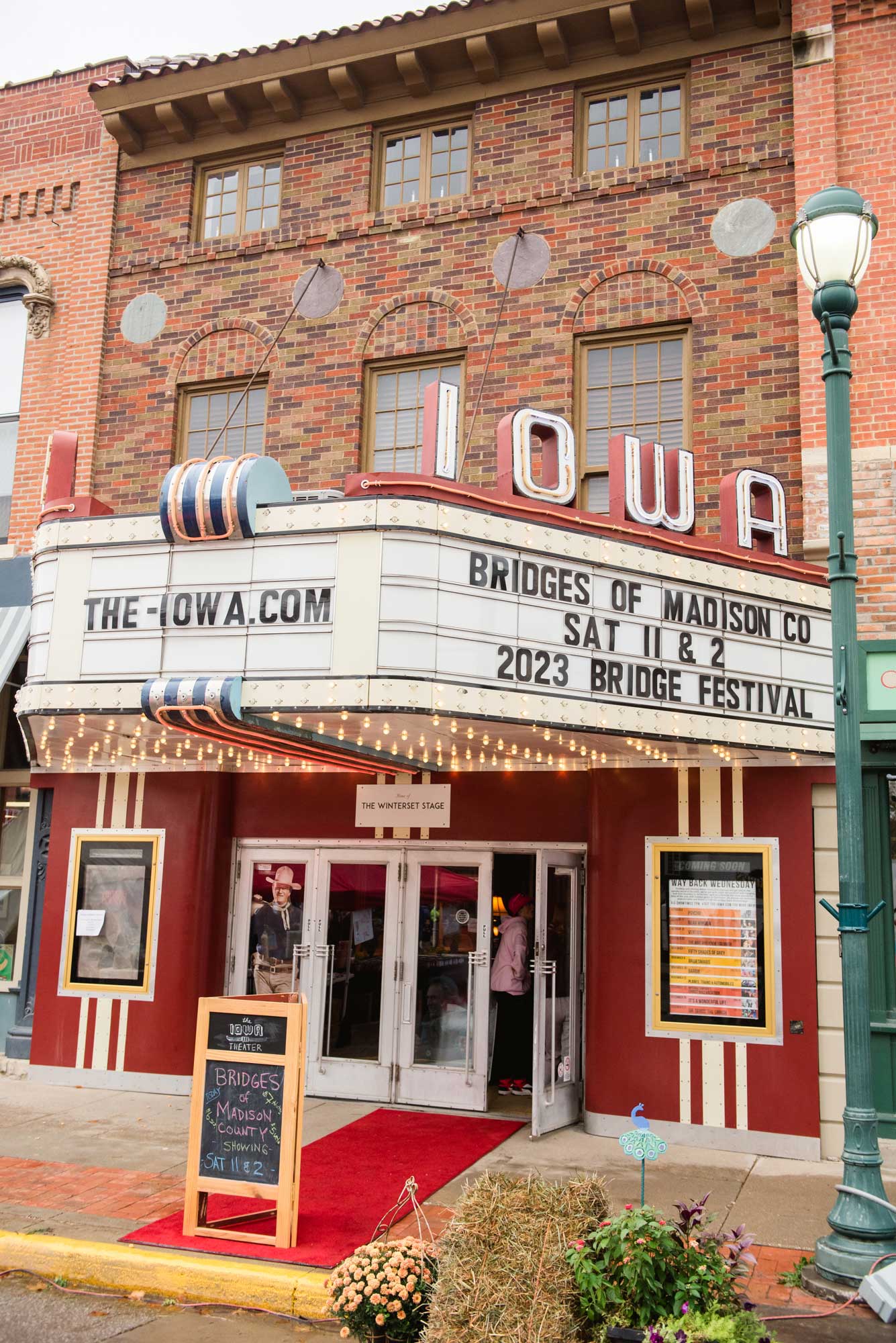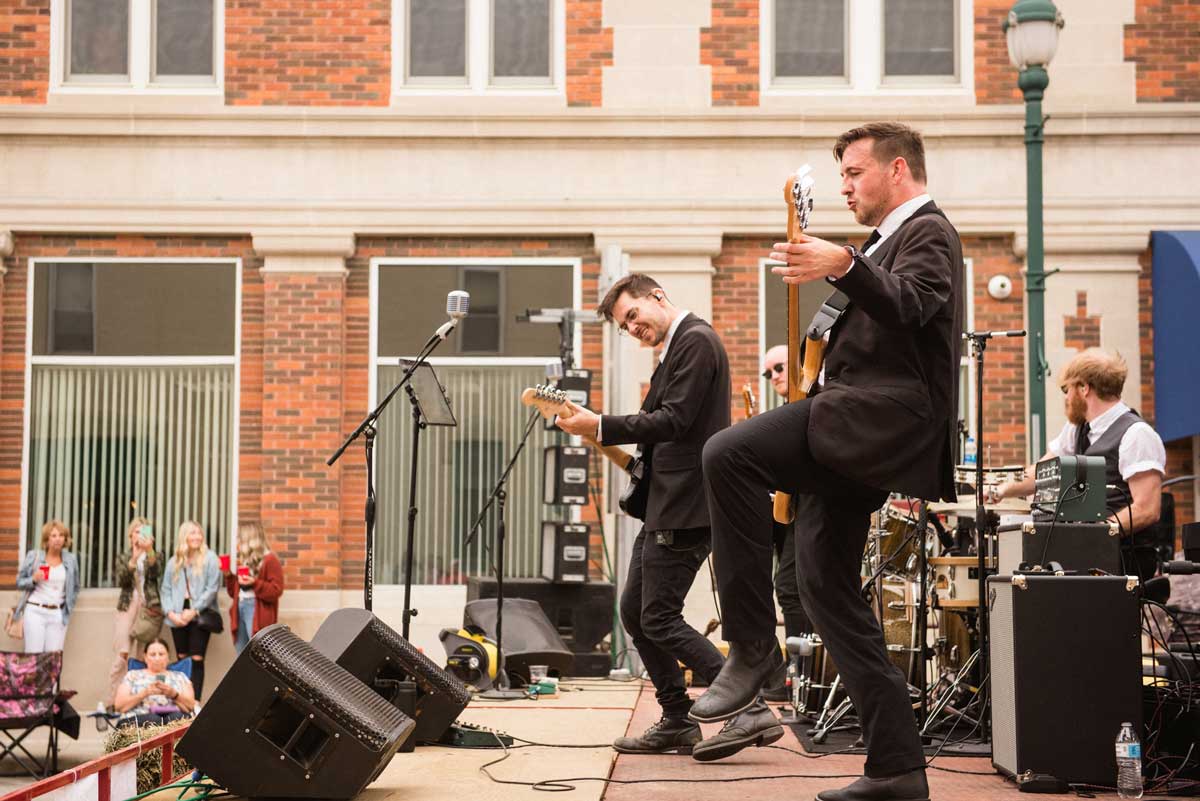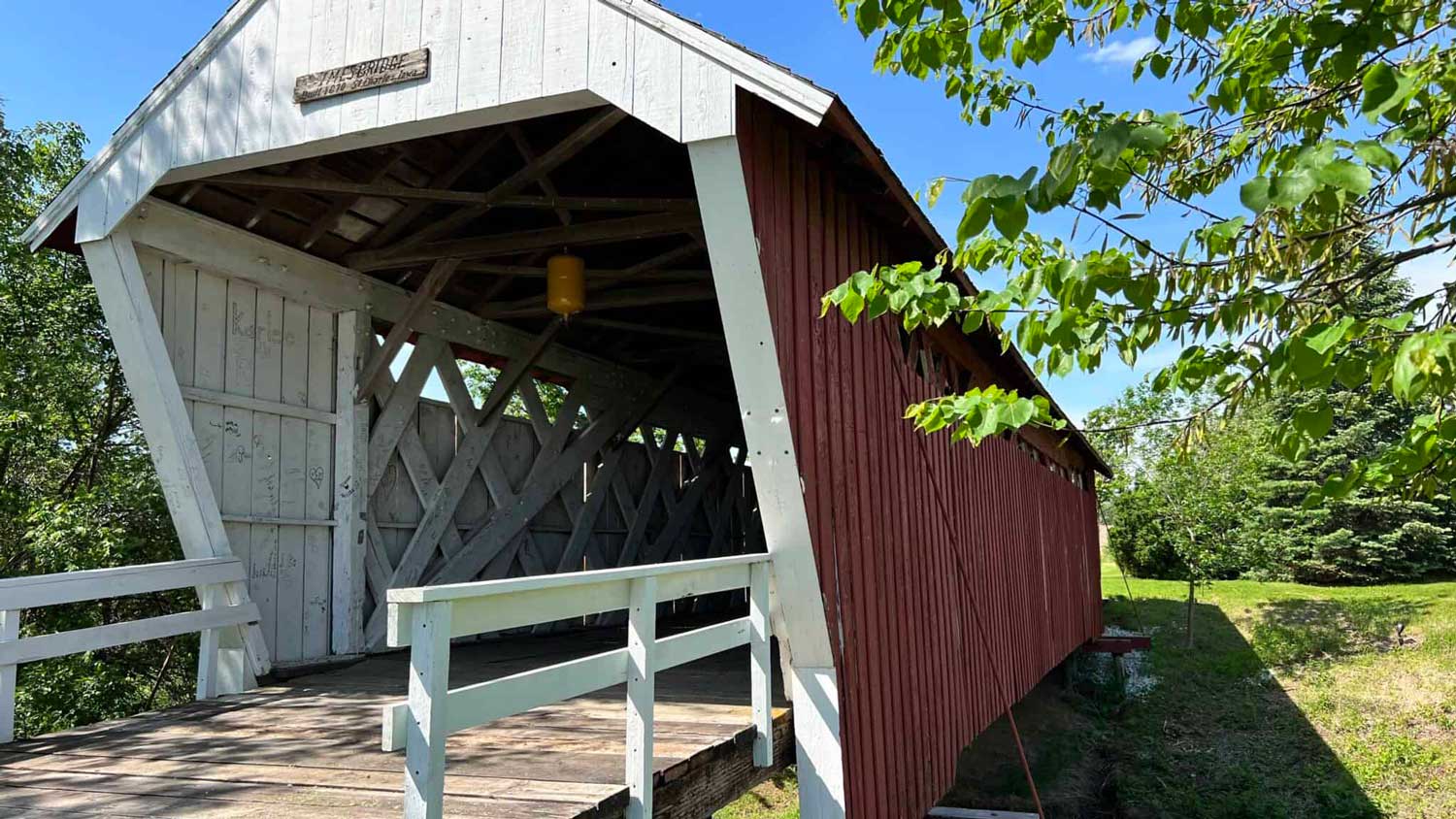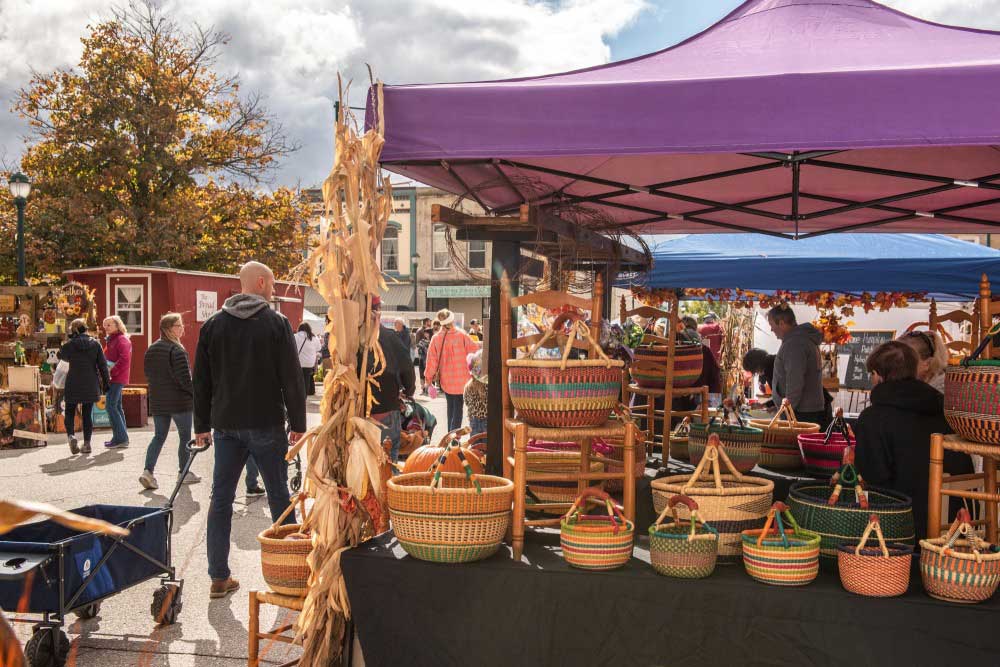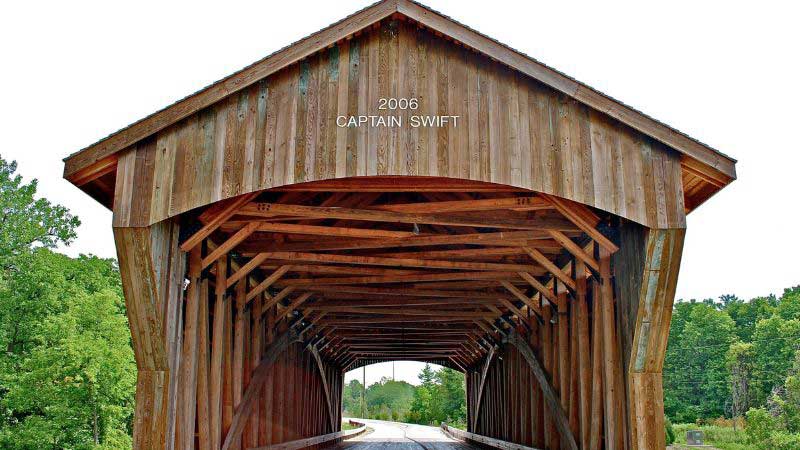
You’re 75, Charlie Brown! Good grief! Peanuts gang has made readers chuckle since 1950
Peanuts Gang Valentine image (image courtesy of schulz museum)
February 2025
Cover Story
You’re 75, Charlie Brown!
Good grief! Peanuts gang has made readers chuckle since 1950
by Corbin Crable
One beloved American comic strip has allowed readers to see the world through the eyes of children – and a feisty beagle, too – for 75 years this year.
Charlie Brown, Snoopy, and all their friends entered American pop culture (and our own hearts) in 1950. Penned by cartoonist Charles M. Schulz, the Peanuts strip followed the adventures of a boy named Charlie Brown (ever the underdog, unlucky in both life and love, he was nonetheless the most lovable loser in the Sunday funny pages), along with his rambunctious beagle Snoopy, whose imagination and taste for adventure rivaled his owner’s desire to finally kick a football that was always pulled just out of reach.
Over the years and then decades, a menagerie of friends would join ol’ Chuck, including, to name just a few, Linus Van Pelt, a philosophically minded boy always attached at the hip to his blue security blanket; Linus’ sister Lucy, a bossy, self-proclaimed fussbudget who delighted in tormenting Charlie with the aforementioned football; Schroeder, a highly talented piano prodigy who was singularly focused on his music; and Sally, Charlie’s younger sister whose unrequited love for Schroeder – her “sweet baboo” – seemed neverending.
Before the Peanuts gang hit the scene, Schulz, a military veteran and lifelong illustrator, drew his first comic strip, Li’l Folks, for the St. Paul (MN) Pioneer Press in the late 1940s. Li’l Folks first featured the Charlie Brown character, whom Schulz named after a fellow instructor at an art school where he taught. In those strips, Charlie Brown didn’t yet wear what would become his signature zigzag shirt, though he was accompanied by his best friend, a dog who looked like what would become Snoopy but wasn’t yet given that name.
United Features Syndicate, catching wind of the popularity of Schulz’s comic, agreed to sign a contract to produce a daily strip for syndication. The syndicate pushed for Schulz to use the title “Peanuts,” an idea that Schulz would later say he hated. Why, Schulz argued, would he use that title when there was no character with that name? Still, Schulz reluctantly agreed – yet for the duration of his long career, he never warmed to the idea.

“Li’l Folks” comic panel
This “Li’l Folks” comic panel from 1947 depicts the precursors to Charlie Brown and Snoopy. (Image courtesy of the Schulz Museum)

Charlie Brown and his friends
Charlie Brown and his friends aren’t just found on the comics page of most newspapers; they’re also part of a media empire, finding themselves as toys, greeting cards, books, puzzles, clothing, and more. (Image courtesy of the Schulz Museum)
The 1950s
Peanuts made its debut on Oct. 2, 1950, first appearing in just seven newspapers, with Schulz receiving $90 for his first month of content.
Longtime fans who read the earliest strips will note many differences of the characters from those early days and the ones they have come to know and love. Charlie Brown’s entire personality is perhaps the most notable difference. In the early 1950s, Charlie Brown was “flippant, gradually growing into the kinder, gentler hero who most readers are now familiar with,” according to the Charles M. Schulz Museum’s website.
Later, Schulz said of Charlie Brown, “He’s a caricature. We all know what it’s like to lose, but Charlie Brown keeps losing outrageously. It’s not that he’s a loser; he’s really a decent little sort.”
Charlie Brown’s shirt with the iconic zigzag pattern would make its debut in December of that same year. Joining Chuck was his beagle pal Snoopy, who would walk on all fours until 1957, when Schulz first depicted him walking on his hind legs only.
Throughout the decade, readers would be introduced to most of the strip’s primary characters – Schroeder and Violet in 1951; in 1952, Lucy and Linus; eternally filthy Pigpen in 1954; and in 1959, Sally. The art in Schulz’s comic strip was cleaner, sleeker, and simpler, with thicker lines and short, squat characters,” according to the museum, and Charlie Brown’s head began as the shape of a football; it wasn’t completely round, as it would appear in future years.
By the end of the decade, Schulz had decided that he alone would produce all aspects of the comics, from the drawing to the text to the inking. He never employed assistants in his studio.

Peanuts merchandise made were these plastic dolls
The very first pieces of Peanuts merchandise made were these plastic dolls, produced in 1958. (Image courtesy of the Schulz Museum)
The 1960s
The ‘60s was considered the Peanuts strip’s Golden Age, incorporating more social commentary, as well as expanding Snoopy’s fantasy world in which he flew his doghouse throughout the sky as the World War I Flying Ace. Readers would meet new characters throughout the decade, including Charlie Brown’s crush, the Little Red-Haired Girl, in 1961; the freckled and tomboyish Peppermint Patty and Woodstock (initially unnamed) in 1966; and Franklin, the comic strip’s first Black character, in 1968 (Schulz created Franklin after a fan who worked as a schoolteacher wrote to Schulz shortly after the assassination of Martin Luther King Jr., asking Schulz to introduce a Black character in the strip). The Peanuts comic strips of the 1960s tackled other social issues and topics of the day, including the inclusion of women in sports (Charlie Brown’s baseball team featured both boys and girls), the Vietnam War, the space race, and school dress codes.
A new generation of children were introduced to the Peanuts gang in December 1965, when the strip’s first television special, “A Charlie Brown Christmas,”made its debut on CBS. The special might be best known for its heavy use of religious themes, including Linus reading Luke 2:8-14 in the Bible in order to explain the true meaning of Christ-mas. In that same year, Peanuts characters appeared on the cover of Time mag-azine. Another TV special, “It’s the Great Pumpkin, Charlie Brown” first aired the following year, in 1966. At the end of the decade, in December 1969, the strip’s first feature-length film, “A Boy Named Charlie Brown,” opened in theaters.

Peanuts comic strip from May 11, 1963
This Peanuts comic strip from May 11, 1963, shows Snoopy’s opinion of your average, everyday dog. (Image courtesy of the Schulz Museum)

Peanuts gang on cover of 1965 issue of Time magazine
The Peanuts gang appear on the cover of a 1965 issue of Time magazine. Image courtesy of Time
The 1970s
Snoopy’s avian friend Woodstock finally received his name in 1970, and Peppermint Patty’s bookish friend Marcie, who only refers to Patty as “sir,” made her debut in 1971. Meanwhile, Linus and Lucy’s younger brother Rerun was born in 1973.
Despite the introduction of more characters, by the 1970s, it was clear that Snoopy had become the most popular. Schulz began to incorporate Snoopy into more comics, giving him the alternate personality of sunglasses-wearing Joe Cool, as well as an integral (and memorable) role in 1973’s “A Charlie Brown Thanksgiving,” the strip’s 10th TV special. Snoopy’s brother, the desert-dwelling Spike, was introduced in 1975.
Schulz faced criticism for his focus on Snoopy, with fellow cartoonists praising his earlier Peanuts strips as being more cerebral and thought-provoking in nature and criticizing his later cartoons for being “lighter and more whimsical.” Schulz himself recognized that Snoopy’s dominance in his strip was at least a possibility. “I have to be careful not to let the ubiquitous beagle run away with the strip,” he mused.
In The New York Press, one artist would respond to Schulz’s statement by writing, “Snoopy proved a calamitous artistic misjudgment through which the most intelligent comic strip the world had ever seen was transformed, by the late 1970s, into a thoroughly third-rate feature.”

Charles M. Schulz
Charles M. Schulz, the creator of Peanuts, poses in his studio in 1995. (Image courtesy of the Schulz Museum)

“A Charlie Brown Christmas”
Let’s be honest – Who doesn’t love the bizarre dancing in “A Charlie Brown Christmas”? (Image courtesy of CBS)

Peanuts comic strip from July 31, 1968
This Peanuts comic strip from July 31, 1968, introduces Franklin, the strip’s first Black character. (Image courtesy of the Schulz Museum)

Pigpen. Comic from Oct. 20, 1981
We hear you, Pigpen. Comic from Oct. 20, 1981. (Image courtesy of the Schulz Museum)
The 1980s – Today
By the 1980s, generations of Peanuts fans had fallen in love with not only the comic, but the gang’s regular TV specials as well. One of them even won a Peabody Award — 1983’s “What Have We Learned, Charlie Brown?”, which dealt with World War I and World War II history. That same year, Schulz was hospitalized for heart surgery. It was speculated that this was the only time in the comic’s history that an assistant was used for the production of the Peanuts strip, but it’s never been proven.
More than a decade later, in 1996, Schulz was honored with a star on the Hollywood Walk of Fame. By this time, Peanuts was being published in 2,600 newspapers worldwide.
Near the end of the decade, however, Schulz, already weakened by his heart surgery, was diagnosed with colon cancer. He announced his retirement in December 1999.
Schulz died in his sleep on Feb. 12, 2000. The next day, his final Sunday strip was published. Just two years later, the Charles M. Schulz Museum and Research Center would open in Santa Rosa, CA. The fifth of Schulz’s feature-length Peanuts films would go on to open in theaters in 2015. Its success proved that Schulz’s legacy lived on – that his creation was indeed timeless.
His characters, too, taught us much about life, love, loneliness, and, yes, even joy. “Happiness,” Schulz once said, “is a warm puppy.”


